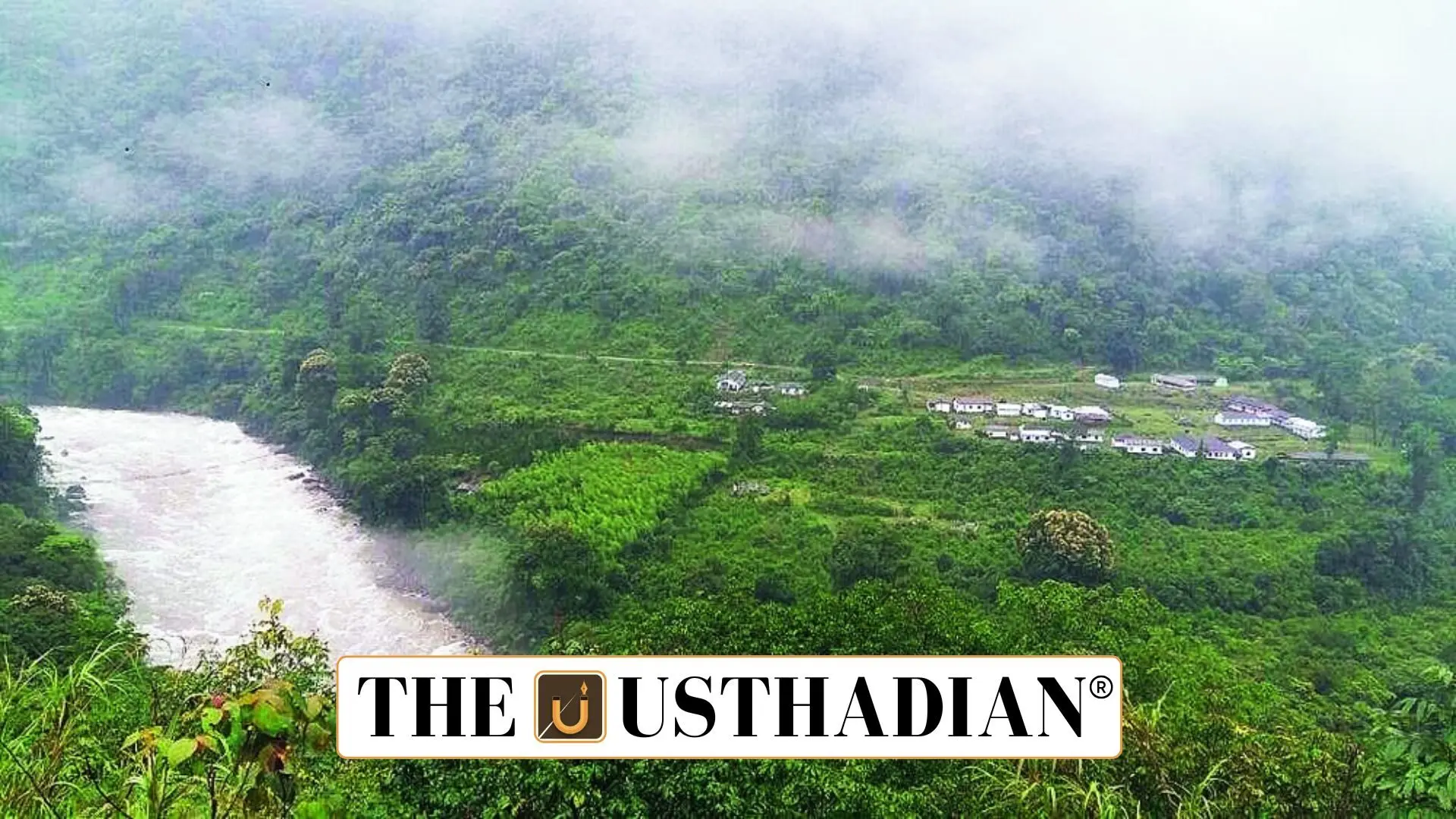Tapping the Dibang Valley’s Potential
Etalin Hydroelectric Project: Powering Arunachal’s Future, Balancing Nature: The Etalin Hydroelectric Project, now backed by a ₹269.97 crore allocation, is among India’s most ambitious hydropower initiatives. Located in Arunachal Pradesh’s Dibang Valley, this project is expected to generate 3097 MW of electricity, making it one of the largest hydropower ventures in the country. The region’s high rainfall and glacial rivers make it ideal for such energy projects, supporting India’s green growth goals and energy self-sufficiency.
Voices from the Valley: Community Matters
For a massive project like Etalin to succeed, the support of local communities is non-negotiable. The Mishmi tribe, native to this region, holds deep cultural and ecological ties to the rivers and forests of Dibang. Their inclusion in planning and implementation ensures the project does not become just an engineering feat—but a community-driven model for development. It’s also a step toward upholding the principles of environmental justice and inclusive growth.
Power of Rivers and the Price of Progress
The Dir and Tangon rivers, both tributaries of the Dibang River, play a key role in the hydropower operations of this project. These rivers are more than power sources—they sustain local agriculture, attract eco-tourists, and nurture a variety of biodiverse habitats. However, building massive dams can disrupt this delicate balance. Flooding of forests and diversion of water flows threaten wildlife, fisheries, and the livelihoods of indigenous populations.
Environmentalists warn that dams block fish migration routes, disturb aquatic life, and can severely impact people living downstream. These risks make it clear: clean energy cannot come at the cost of ecological collapse.
Assessing the Risks and Regulation
Etalin’s location in a seismically active zone has raised eyebrows. Experts argue that damming such areas can lead to disasters during earthquakes or landslides. To navigate this, the project must go through rigorous scrutiny by the Forest Advisory Committee (FAC). Created under the Forest (Conservation) Act, 1980, the FAC ensures that environmental clearance is not granted lightly. It evaluates whether the benefits outweigh the loss of forest cover and recommends strategies to minimize ecological damage.
Way Forward: Sustainable Energy with Sensitivity
Etalin’s success lies in balancing development with conservation. This means ensuring transparent Environmental Impact Assessments (EIA) and continuous dialogue with tribal communities. The future of India’s clean energy must also reflect its respect for indigenous knowledge and biodiversity. Demarcating ecologically sensitive zones and investing in green technology will help Arunachal grow without losing its soul.
STATIC GK SNAPSHOT
Etalin Hydroelectric Project: Powering Arunachal’s Future, Balancing Nature:
| Topic | Details |
| Project Name | Etalin Hydroelectric Project |
| Power Capacity | 3097 MW |
| Location | Dibang Valley, Arunachal Pradesh |
| Major Rivers Involved | Dir and Tangon (tributaries of Dibang River) |
| Funding Allocated | ₹269.97 crore |
| Indigenous Group Involved | Mishmi tribe |
| Forest Clearance Body | Forest Advisory Committee (FAC) |
| Governing Law | Forest (Conservation) Act, 1980 |
| Key Environmental Risks | Forest flooding, seismic hazards, fish migration disruption |
| Project Type | Hydropower (Clean energy source) |








